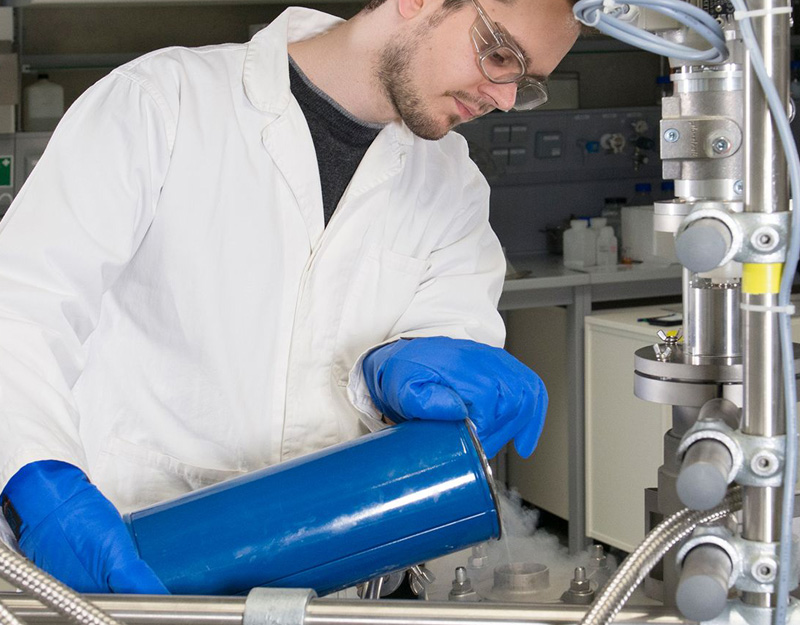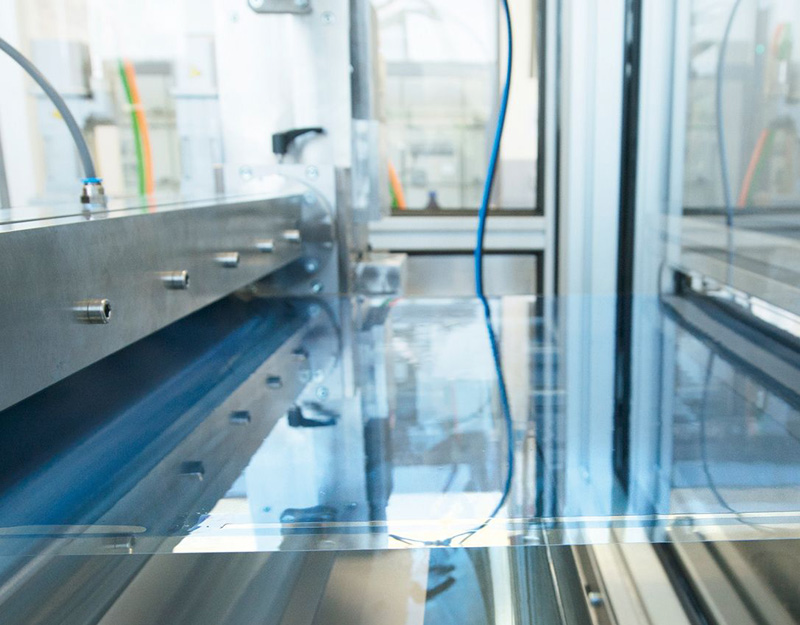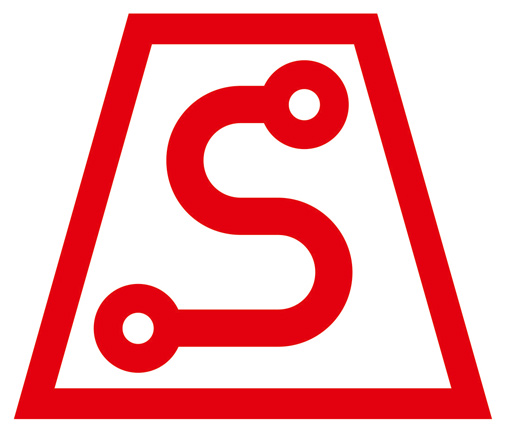SUPERSMART
for paper based and polymer based electronic systems
The goal of SUPERSMART project is the industrialization of high-performance key materials in order to secure the electronic material supply chain.
SUPERSMART PROJECT
Digitalization, “Internet of things” and “Industry 4.0”
… demand for ubiquitous sensing and communication elements. Printed electronic components allow one to reduce the cost per function and to process components in High-Throughput production schemes. The goal of SUPERSMART project is the industrialization of high-performance key materials in order to secure the electronic material supply chain. Taking environmental impact into consideration materials selected to be industrialized exchange toxic and rare inorganic material by organic materials and use paper substrates instead of plastics.
SUPERSMART focuses on industrialization of materials and their processing for:

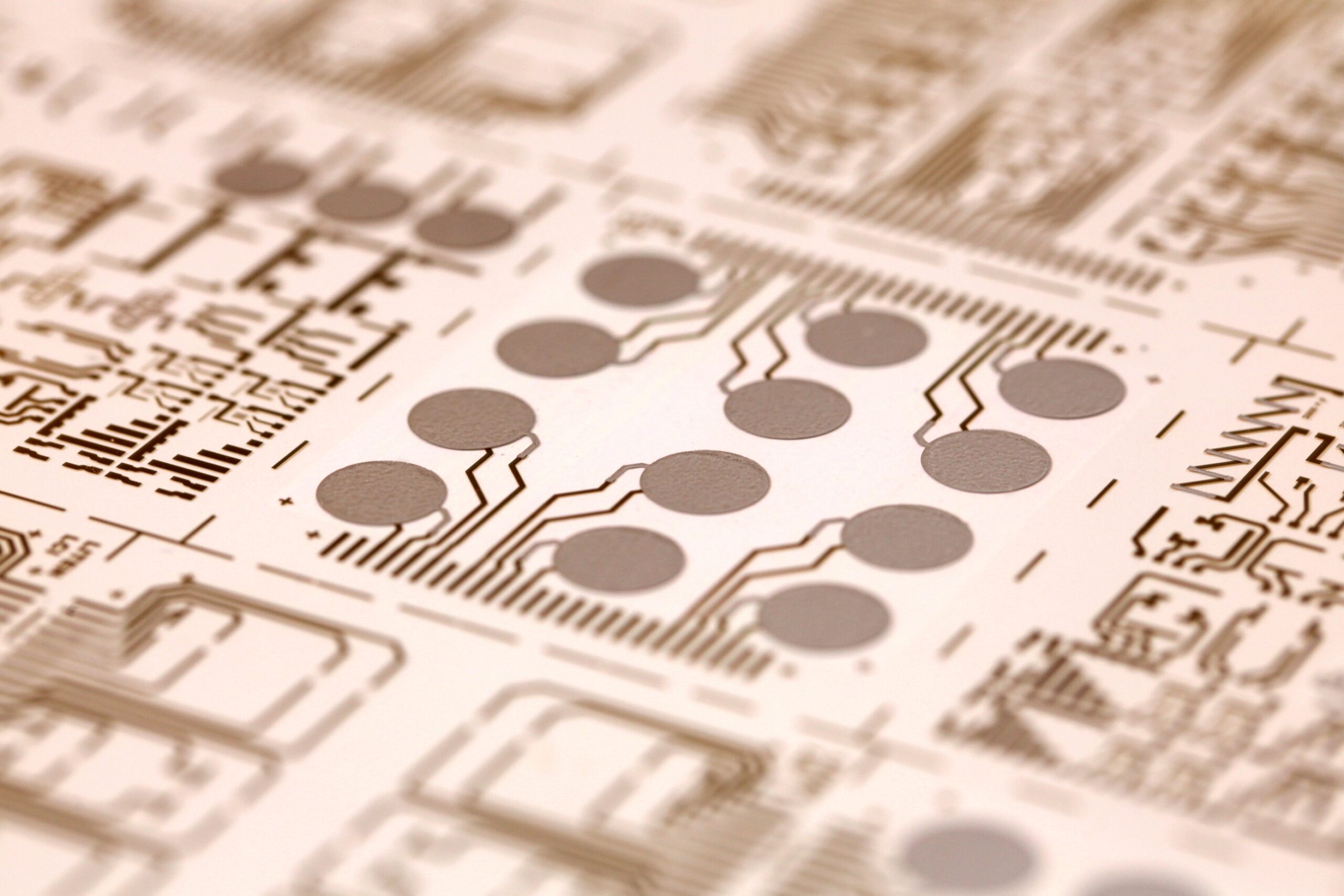
Paper-based electronics paves the way to intelligent newspapers, smart labels and further paper-based products. But, more over, paper substrates can be produced with low use of oil-based raw materials compared to polymer substrates and are more easy to recycle lowering the CO2 footprint. Only high-quality paper with low surface roughness is suited as electronic substrate.

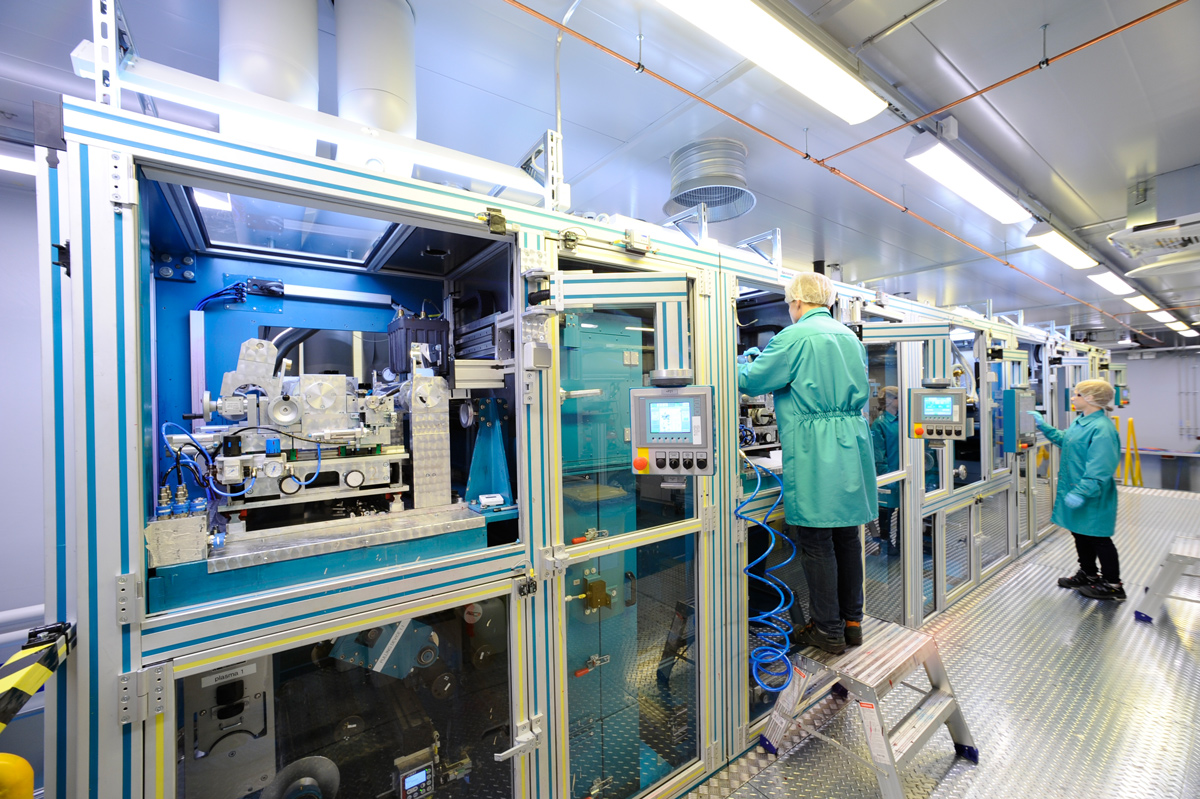
Electronics based on metal-oxides is often used in large area electronics such as display backplanes. Transparency and high charge carrier mobility can be achieved by this kind of material. Since metal-oxides as wet chemical can be produced for additive printing processes, the use of harmful etching solutions can be bypassed, and the amount of used materials is minimized. No energy-intensive vacuum processes have to be used. In SUPERSMART, metal oxides based on zinc-tin-oxides are up-scaled preventing the use of scarce materials such as indium and gallium.


Pressure sensor arrays based on piezopolymers avoid the use of lead-containing conventional piezoceramics. Additionally, the capability to print piezopolymers enables one to create an arbitrarily sensor design from large area sensors to minimized sensor cell arrays. Low temperature treatment t opens the way to use flexible substrates (polymer or paper based) substrates. Pyroelectric effects (cross-sensitivity against thermal changes) can be completely suppressed.


Near field communication devices can be integrated in smart labels or smart cards. Adapting the process for polymeric or paper based substrates results in cost-effective high-through-put production schemes and paves the way to ambient electronics.
The Mission of SUPERSMART is to establish a supply chain for paper and polymer based electronics by up-scaling material synthesis and processing. Yield and reduction of batch-to-batch variations are the key to set-up cost-effective electronic devices with reduced impact on environment. In consequence, SUPERSMART combines smart devices with smart production schemes.
Contact Today
